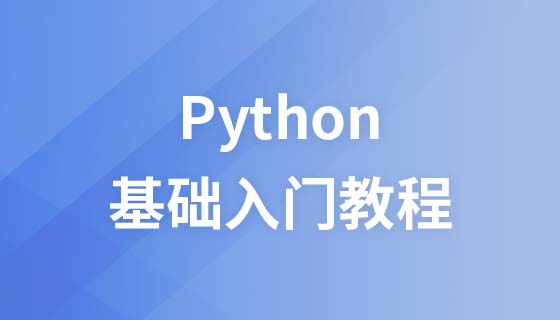這篇文章帶給大家的內容是關於python中字串的操作方法總結(程式碼範例),有一定的參考價值,有需要的朋友可以參考一下,希望對你有幫助。
String(字串):
定義和建立字串:
定義:字串是一個有序的字元的集合,用於儲存和表示基本的文字訊息。
注意:字串的單引號和雙引號都無法取消特殊字元的意義,如果想讓引號內
var1='Hello World!' print (var1)
對應操作:
1,「*」重複輸出字符串
print('Hello World'*2)
2,"[]","[:]" 透過索引取得字串中字符,這裡和清單的切片運算是相同的
print('Hello World'[2: ])
3, "in" 成員運算子 如果字串中包含給定字元回傳True
print('el' in 'Hello World')
4,"%"格式字串
print('alex is a good teacher') print('%s is a good teacher' %'alex')
5," "字串拼接
a ='123' b='abc' c=a+b print(c)
註:「 」效率低,改用join
c=''.join([a,b]) print(c)
字串常用方法:
字串的替換、刪除、擷取、複製、連結、比較、尋找、分割
#capitalize:首字母大寫,其他字母小寫
s='asf sgs SD dfs ASdf' print(s.capitalize()) >>Asf sgs sd dfs asdf
#lower() 轉換為小寫
##upper () 轉換為大寫
#swapase() 大小寫互換
a='hello word' print(a.upper()) b='HELLO WORD' print(b.lower()) c='hello WORD' print(c.swapcase()) >>HELLO WORD >>hello word >>HELLO word
#s.strip():刪除字串兩側的指定字符,預設為空值
# #
s=' hello ' b=s.strip() print(b) >>hello
s=' hello ' b=s.ltrip() c=s.rtrip() print(b) print(c) >>hello >> hello
a='hello' b=a*2 print(b) >>hellohello
a='hello' b='123' a.join(b) print(a.join(b)) >>1hello2hello3
a='hello word' print(a.index('w')) print(a.find('a')) >>6 >>-1
a='hello word' print('hello' in a) print('hello' not in a) >>True >>False
a='hello word' print(len (a)) >>10
a='chen zheng' print(a.center(20,"*")) >>*****chen zheng*****
#str.count() 统计字符串出现的次数 a='hello word' print(a.count('l')) >>2
# S='prefix123aaasuffix' print(S.startswith('prefix')) #是否以prefix开头 print(S.endswith('suffix')) #以suffix结尾 print(S.isalnum()) #是否全是字母和数字,并至少有一个字符 print(S.isalpha()) #是否全是字母,并至少有一个字符 print(S.isdigit()) #是否全是数字,并至少有一个字符 print(S.isspace()) #是否全是空白字符,并至少有一个字符 print(S.islower()) #S中的字母是否全是小写 print(S.isupper()) #S中的字母是否便是大写 print(S.istitle()) #S是否是首字母大写的
以上是python中字串的操作方法總結(程式碼範例)的詳細內容。更多資訊請關注PHP中文網其他相關文章!


